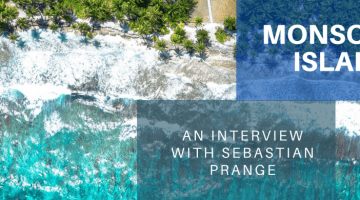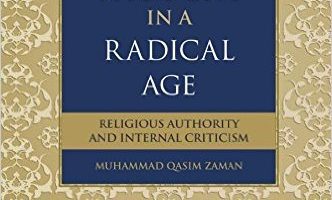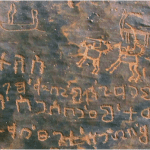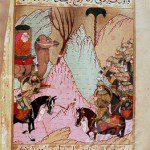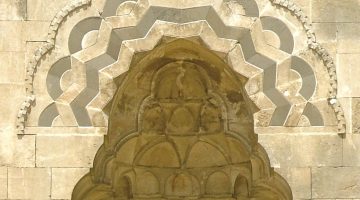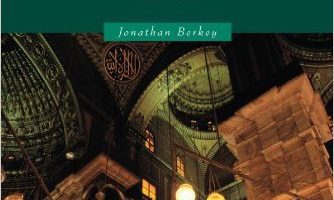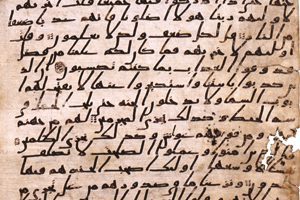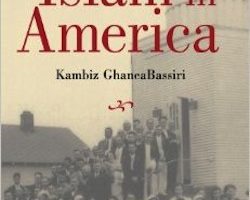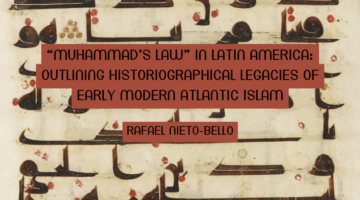
“Muhammad’s Law” in Latin America invites readers to explore Islam in the early modern Iberian Atlantic—a historiographical field examining the interconnected histories of Islam across the Atlantic world. It is rooted in the lived experiences of Muslims who crossed the ocean, the metaphorical uses of “Muslimness” in Iberian colonial thought, and the material and intellectual […]
